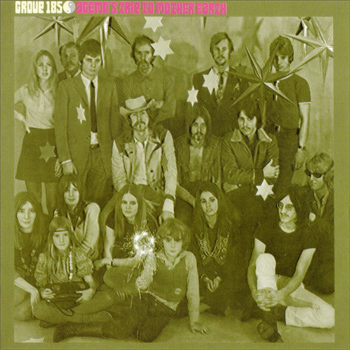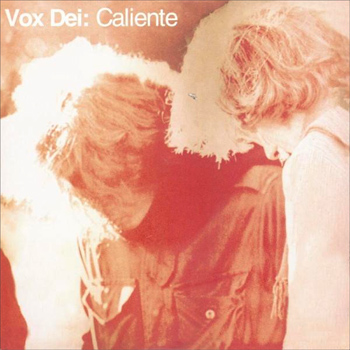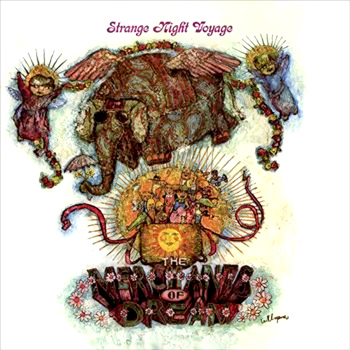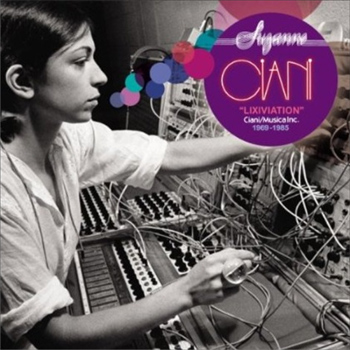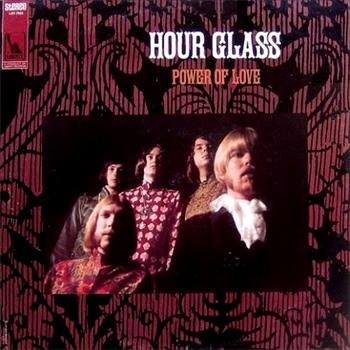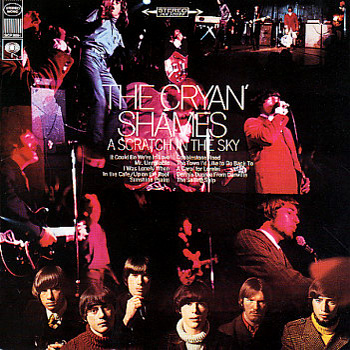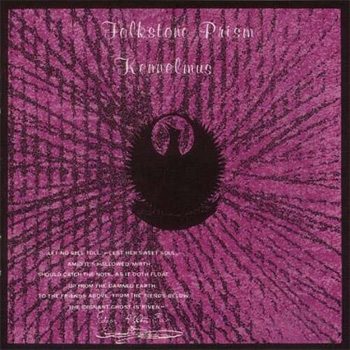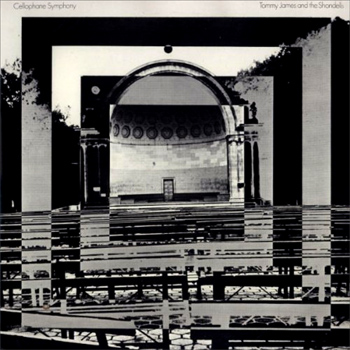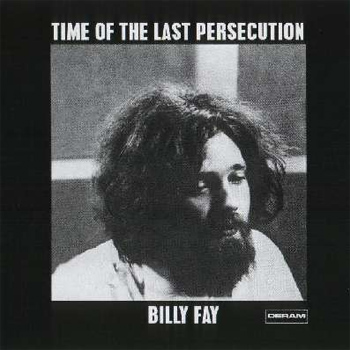Los Jaivas “La Ventana”
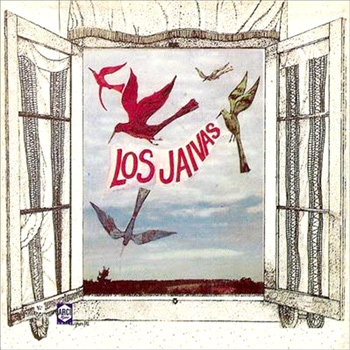
To the average Chilean, writing an article about Los Jaivas’ 1972 sophomore record La Ventana may very well read like beating a dead horse. Indeed, there is perhaps no single band here in Chile which has become more representative of Chilean culture and patria than this psychedelic folk-rock ensemble, and no song more universally known than their anthem of popular unity and brotherhood, Todos Juntos. Though the band was born from the great social and political revolutions of the early 1970s, they are today accepted even by the more conservatively minded members of the populace as, at the very least, an established symbol of Chile’s national artistic identity.
Los Jaivas were born in the heart of Viña del Mar, a bustling coastal city resting against the northern border of the port of ValparaÃso, itself one of Chile’s principal seaports and cultural centers. Though the concept of combining late-1960s rock and roll with traditional Chilean folk music may not seem so novel today, at the time there was a strong gap between the folksingers and the mainstream rock and roll youth crowd. Like everything in Chile, this was a conflict born out of radical politics and social consciousness as the country tried to break the stranglehold countries like the United States and Britain had on its economic and cultural life. Los Jaivas refused to accept this unnecessary barrier between musics, however, recognizing both the radical consciousness and importance of their country’s folkloric movement as well as the raw excitement and appeal of the burgeoning psychedelic rock scene.
Out of this set-up comes La Ventana, the band’s second record and the first one to really put the band on the map. Whereas their debut, El VolantÃn, had read like a highly improvised experiment, this sophomore release sharpened the focus of the band’s attack while retaining the weird, lysergic edge that made their instrumental excursions so engaging. The band’s fight to draw the threads of Chilean music together was strengthened by the participation of Patricio Castillo and Julio Numhauser, former members of the revolutionary Nueva Canción ensemble Quilapayún, then working in their own way to help build Chilean folk-rock as Los Amerindios. The sound here is a beautifully dovetailing blend of heavy, early 1970s psychedelia and northern altiplano folk, featuring searing electric guitars over a bed of charangos and quenas. The album is divided more or less evenly between vocal and instrumental numbers, with Side B built upon a series of percussion-heavy improvisations. The one exception to this divide is Los Caminos Que Se Abren, a pounding, nine-and-a-half minute Krautrock stomp with discordant piano and wandering guitars which dominates the first half of the album. Near its droning finale this bizarre number actually goes so far as to bring in an orchestra and sawing violin solo, all of which serve to darken rather than lighten the cut’s surreal intensity. Calmer moments include the preceding track, the popular ballad Mira Niñita, which opens with an arpeggio of gently strung-together acoustic guitar and marimba before eventually building to its own high peak of pounding drums and piano. Ayer Caché takes coastal Iberian influences and throws in lazy, reverb-drenched surf guitars – an absolutely pitch-perfect slice of coastal, South American daydream, though also a little out-of-place in the context of the rest of the record, especially when it is followed by one of the album’s heaviest rockers.
Following the success of the song Todos Juntos La Ventana was reissued under the same name with new album artwork adhering to the progressive rock aesthetics that the band began to take on in the later seventies. The record is widely available in Chile and neighboring countries, but somewhat more difficult to come by north of the equator. Import Chilean copies include several bonus tracks that, while not essential, help to expand the album’s artistic scope and give further testimony to the group’s ground-breaking work during this era.
mp3: Todos Juntos
mp3: Indio Hermano
![]() CD Reissue | Ans Records | buy here ]
CD Reissue | Ans Records | buy here ]
